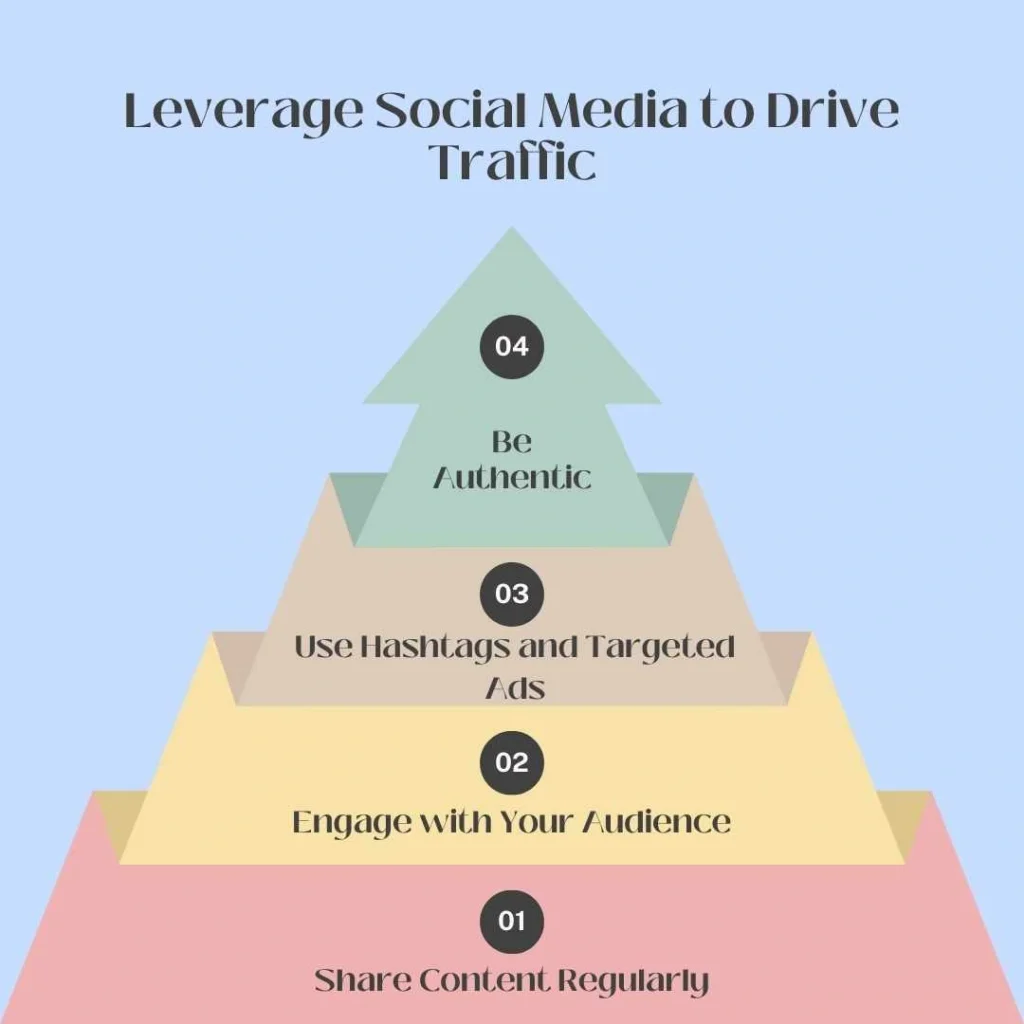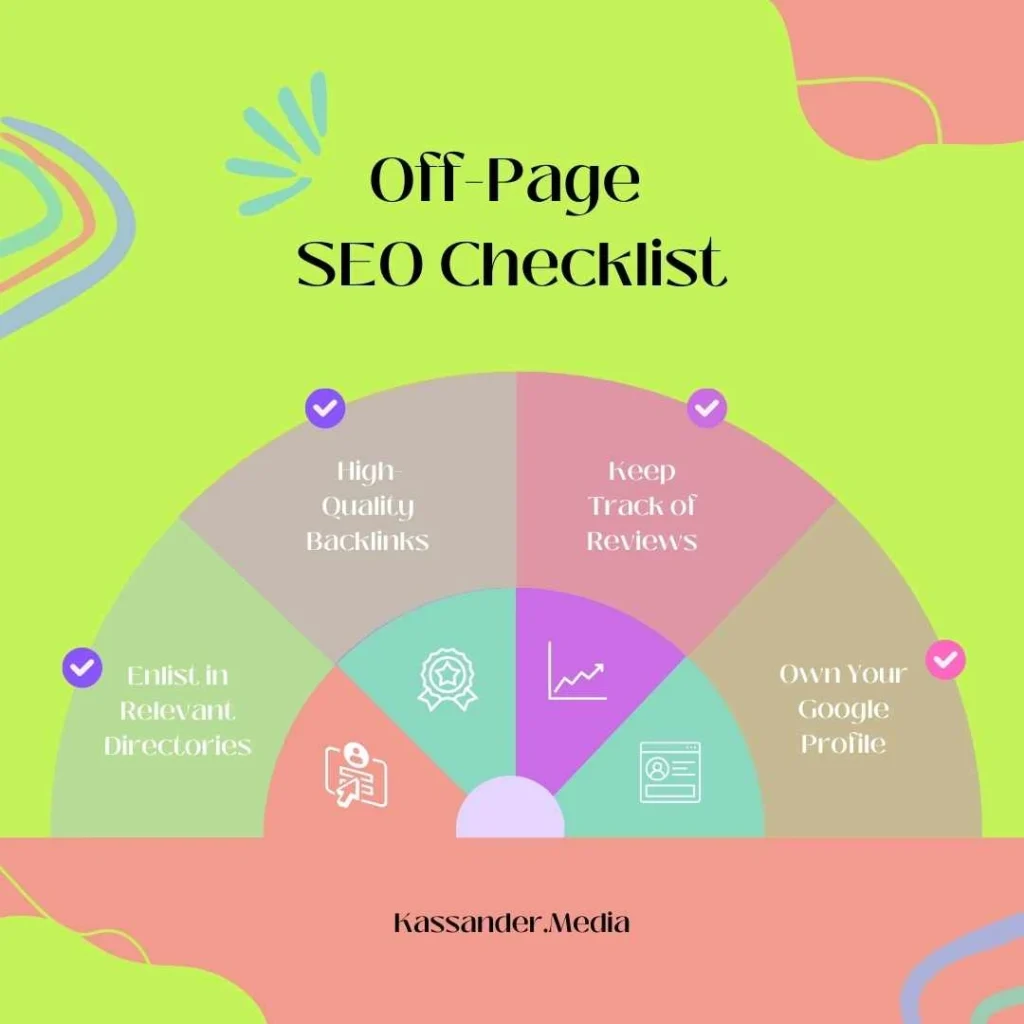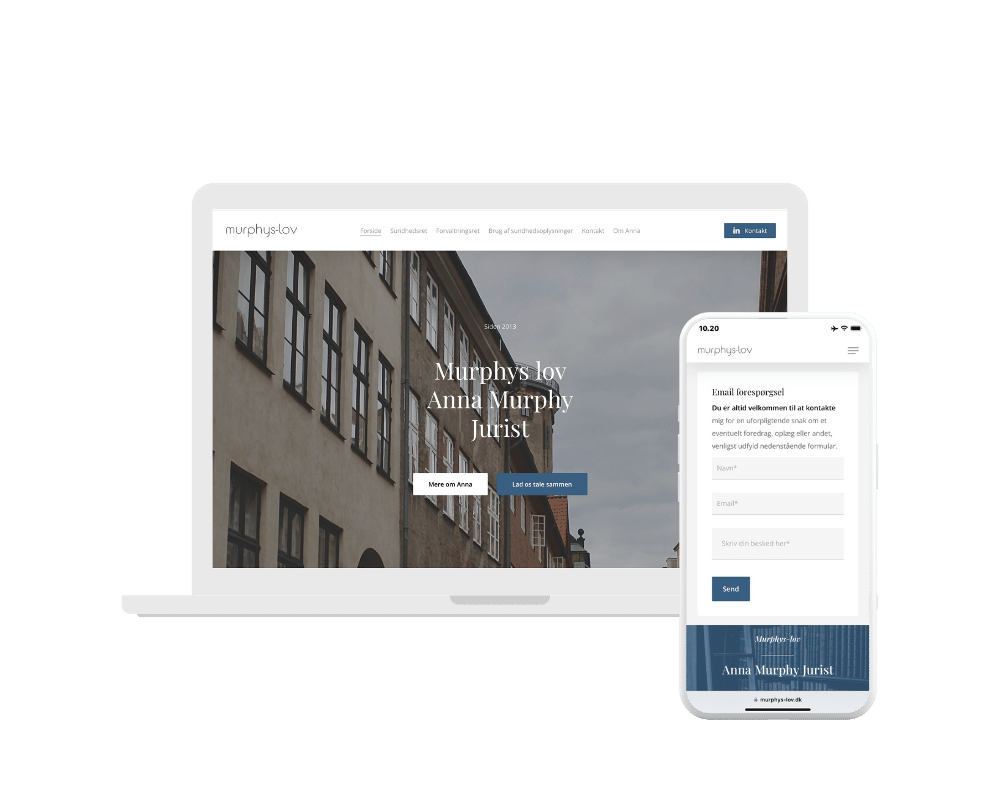Introduction:
In the highly competitive digital landscape, merely having a website is no longer sufficient. To thrive, your site needs to be visible to potential clients who are actively searching for your services. Boosting your website’s visibility is essential to attracting more visitors, generating high-quality leads (potential clients), and ultimately landing more paying jobs. This comprehensive guide will provide you with five actionable tips to enhance your website visibility, ensuring your business stands out online.
1. Optimize Your Website for Search Engines Increases Website Visibility

Search Engine Optimization (SEO) is the cornerstone of increasing your website visibility. By optimizing your site with relevant keywords, you improve your chances of ranking higher on search engine results pages (SERPs—where search results are displayed), making it easier for potential clients to find you.
Step 1: Conduct Keyword Research
-
- Use Tools: Utilize tools like Google Keyword Planner, SEMrush, or Ahrefs (tools that help you find out which keywords are popular in your industry) to identify the most relevant keywords for your business.
- Focus on Long-Tail Keywords: These are phrases that are highly specific to what you offer and often easier to rank for. For example, instead of just “web design,” you might target “affordable web design for small businesses.”
Step 2: Optimize On-Page SEO
-
- Title Tags: Ensure that each page has a unique title tag (the title shown in search results) that includes your primary keyword.
- Meta Descriptions: Write compelling meta descriptions (the short text that appears under your page’s title in search results) that incorporate your focus keyphrase and encourage clicks.
- Headers and Subheaders: Use H1, H2, and H3 tags (different levels of headings) appropriately, with your keyphrase integrated naturally.
Step 3: Build Internal Links
-
- Link Strategically: Create internal links (links within your own website) that guide visitors to other relevant pages on your site, helping search engines understand your site structure and boosting SEO.
- Anchor Text: Use descriptive anchor text (the clickable text in a hyperlink) that includes your keyphrase to strengthen the SEO impact.
Action Step: Regularly audit (review) your website using SEO tools like Screaming Frog or Moz to ensure all elements are optimized and up to date.
2. Create High-Quality, Engaging Content

Content is the lifeblood of your website visibility. High-quality, engaging content not only attracts visitors but also encourages them to stay longer, reducing bounce rates (the percentage of visitors who leave your site after viewing only one page) and improving your SEO.
Step 1: Start a Blog
-
- Regular Updates: Launch a blog on your website and commit to posting regularly. Focus on topics that address the needs and questions of your target audience.
- Keyword Integration: Naturally integrate your keyphrases into the content to help with SEO and increase your chances of ranking for relevant searches.
Step 2: Answer Common Questions
-
- Create FAQs: Develop content that answers frequently asked questions in your industry. This not only helps with SEO but also positions you as an expert.
- Target Long-Tail Keywords: Answering specific questions can help you rank for long-tail keywords that are less competitive but highly relevant.
Step 3: Incorporate Multimedia
-
- Use Videos and Infographics: While working on your website, Enhance your content with videos, infographics (visual representations of information), and other multimedia elements to engage different types of visitors and improve time spent on your site.
- Interactive Content: Consider adding quizzes, calculators, or other interactive elements to keep visitors engaged and coming back.
Action Step: Plan and maintain a content calendar (a schedule for your content creation) that includes a mix of blog posts, case studies, how-to guides, and industry news. Regularly update this content to keep it fresh and relevant.
3. Leverage Social Media to Drive Traffic

Social media platforms are invaluable tools for increasing your website visibility. By sharing your content on platforms like LinkedIn, Facebook, and Instagram, you can extend your reach and drive more targeted traffic to your site.
Step 1: Share Content Regularly
-
- Post Consistently: Maintain a regular posting schedule to keep your audience engaged. Share blog posts, updates, and special offers.
- Optimize Post Timing: Research when your audience is most active and schedule posts during these peak times to maximize engagement.
Step 2: Engage with Your Audience
-
- Respond to Comments: Actively respond to comments and messages. This not only builds relationships but also increases your visibility in social media algorithms (the rules that determine what content gets seen on social media).
- Join Relevant Groups: Participate in industry-related groups and discussions to establish your authority and drive traffic back to your website.
Step 3: Use Hashtags and Targeted Ads
-
- Incorporate Hashtags: Use relevant hashtags (words or phrases preceded by a # symbol used to categorize content) to increase the reach of your posts and attract a wider audience.
- Targeted Ads: Run targeted ad campaigns (paid advertisements aimed at specific audiences) on social media platforms to drive more traffic to your site, focusing on specific demographics (age, location, interests) and interests.
Action Step: Develop a social media strategy (a plan for how you use social media) that includes regular content sharing, audience engagement, and the use of targeted ads to promote your services and content.
4. Build Backlinks from Reputable Sources

Backlinks, or links from other reputable websites to yours, are crucial for improving your website’s visibility. Search engines view backlinks as endorsements of your content, which can significantly boost your rankings.
Step 1: Guest Blogging
-
- Identify High-Authority Sites: Target reputable blogs and websites in your industry for guest posting opportunities (writing content for another site). Include a link back to your site in the author bio (a brief statement about the author) or within the content.
- Provide Value: Ensure your guest posts offer real value to readers, increasing the likelihood that other sites will link back to your post.
Step 2: Collaborate with Other Businesses
-
- Partnerships: Partner with complementary businesses to exchange backlinks. For example, if you’re a web designer, you might collaborate with a copywriting service.
- Industry Roundups: Get featured in industry roundups (articles that highlight the best businesses in an industry), directories (lists of businesses in a category), or lists that include backlinks to your website.
Step 3: Focus on Quality Over Quantity
-
- Prioritize High-Authority Sites: Aim to get backlinks from websites with high domain authority (a measure of a site’s relevance and strength), as these carry more weight with search engines.
- Natural Link Building: Avoid spammy (low-quality) or low-quality link-building practices, as these can harm your SEO.
Action Step: Use tools like Ahrefs or Moz to track your backlink profile (a list of backlinks to your site) and identify new opportunities for link building. Regularly reach out to influencers (people with large followings), bloggers, and industry sites for guest posting and partnership opportunities.
5. Improve Your Website’s User Experience (UX)

A user-friendly website not only keeps visitors engaged but also plays a significant role in improving your visibility in search engines. Google considers user experience factors like mobile-friendliness (how well your site works on mobile devices), load speed (how fast your site loads), and site navigation (how easy it is to move around your site) when ranking websites.
Step 1: Optimize for Mobile
-
- Responsive Design: Ensure your website is fully responsive (adapts to different screen sizes), providing a seamless experience across all devices, including smartphones and tablets.
- Test on Multiple Devices: Regularly test your site’s performance on various devices to ensure it’s mobile-friendly and easy to navigate.
Step 2: Enhance Loading Speeds
-
- Use Speed Testing Tools: Use Google PageSpeed Insights or GTmetrix (tools that measure your site’s loading speed) to analyze your website’s load times and identify areas for improvement.
- Optimize Images and Code: Compress images, minify CSS and JavaScript (reduce the size of your website’s code), and consider using a content delivery network (CDN—a system that delivers your content to users more quickly) to improve loading speeds.
Step 3: Simplify Navigation
-
- Clear Menu Structure: Organize your website’s menu to make it easy for visitors to find what they’re looking for quickly.
- Use Breadcrumbs: Implement breadcrumbs (a type of navigation aid that shows the user’s location within the site) on your site to help visitors understand their location within your site’s structure.
Action Step: Regularly conduct UX audits (reviews of user experience) of your website to identify areas for improvement. Use tools like Hotjar (a tool that shows how users interact with your site) to analyze user behavior and make data-driven decisions to enhance the user experience.
Conclusion
Improving your website visibility is a multifaceted task that requires a strategic combination of SEO, high-quality content, social media engagement, and a seamless user experience. While these steps are actionable and can significantly boost your online presence, they require time, effort, and expertise to execute effectively.
This is where Kassander.media comes in. Our team of experienced professionals is here to help you navigate the complexities of website visibility, ensuring your business not only stands out but thrives in a competitive digital landscape.


